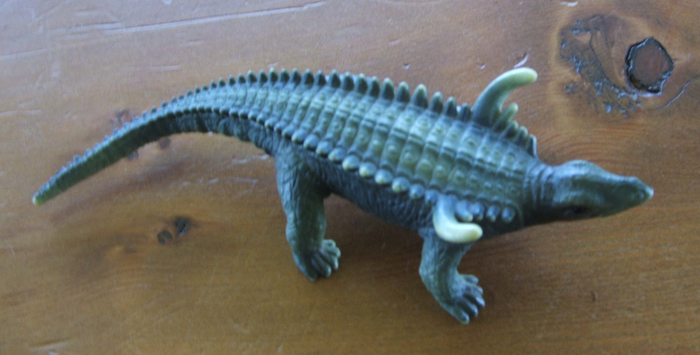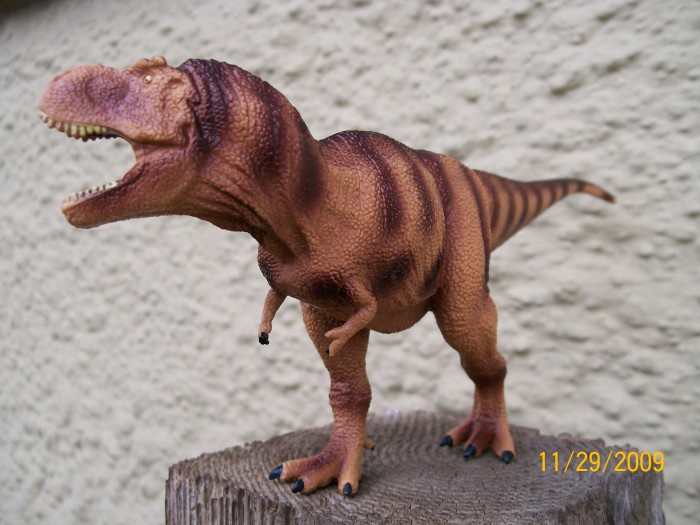This Suchomimus by kaiyodo is easily the best on currently available.
Type: Figurine
Review: Tyrannosaurus rex (Kabaya)

We recently reviewed the Kabaya Deinonychus, well, next in line from this series is the Tyrannosaurus rex (Green Version)!
Before the animal was officially known as “T.rex”, it was known as Manospondylus gigas and Dynamosaurus imperiosus, but when the animal’s true name was revealed along with better finds, this coelurosaurian became one of the most popular dinosaurs ever and most likely the most well known all!
Review: Iguanodon (Carnegie Collection by Safari Ltd)
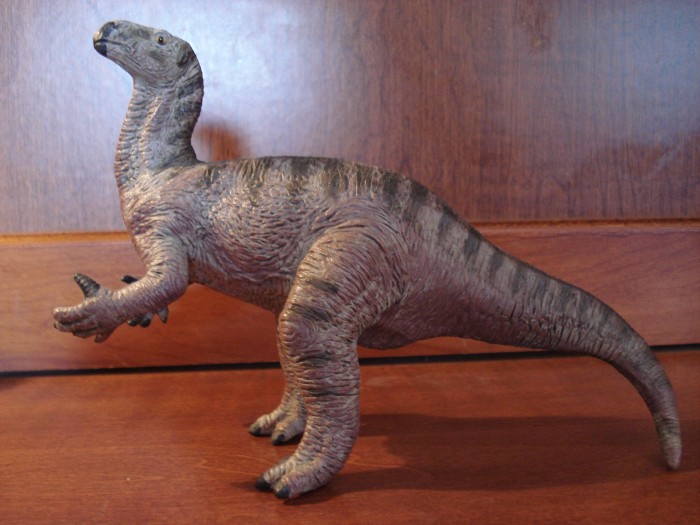
Review: Desmatosuchus (Schleich)
Review: Stegosaurus (Favorite Co. Ltd.)

Stegosaurus is one of the dinosaurs most frequently seen in toy form – although often cursed with any number of anatomical errors. Kinto have made a very decent stab at it with this model from their Favorite collection, which is quite possibly the best Stegosaurus toy currently available.
Review: Deinonychus (Kabaya)

In Japan, many figure companies are quite exciting due to their sculpting and selection of lines. For a good example take Bandai’s Godzilla Complete Works, Konami’s Gamera, Kaiyodo’s Dinotales to mention a few and if you know these lines and their respected makers then you know the orient also holds fantastic figures and not just the USA.
Review: Pachycephalosaurus (Battat)

The North American marginocephalian, Pachycephalosaurus, has been reconstructed as a toy or model quite often. This review is the best example for this thesis. To put it bluntly at the beginning: The Battat Pachycephalosaurus is one of the best Pachys out there, due to its anatomical correctness, very detailed head, credible posture, and unusual paint job.
Review: Pachycephalosaurus (Carnegie Collection by Safari Ltd)
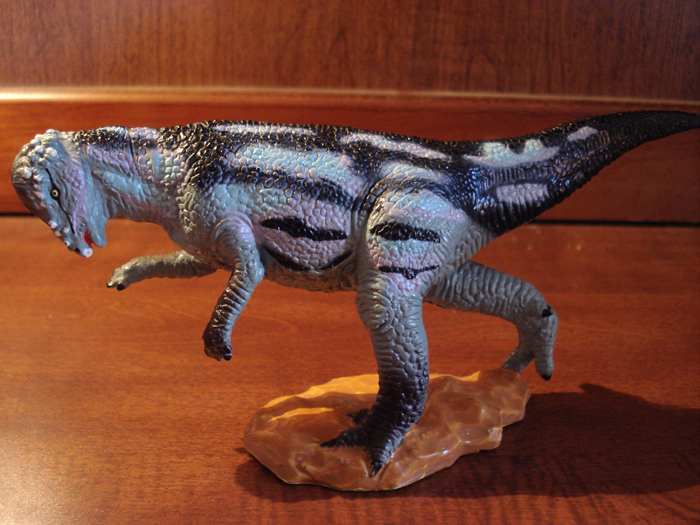
Review: Tyrannosaurus rex (kinto favorite collection)
Review: Apatosaurus (Wild Safari by Safari Ltd)

Since Safari are soon to replace their classic sculpt of this most well-known of sauropods, it seems only fitting to take a closer look at this ‘retired’ figure before it disappears into bargain bins and onto eBay for the next several years.
Review: Lambeosaurus (Invicta)

Well known Lambeosaurus from North America belongs to the classic set of cretaceous dinosaurs being reconstructed as figures.
The 1993 Invicta release is probably the best one currently available. It is the last and probably the best ambassador of the highly esteemed Invicta line. It is 19, 5 cm long and 7, 5 cm tall.
Review: Muttaburrasaurus (Collecta)

Muttaburrasaurus was an iguanodontid ornithopod from the Lower Cretaceous of Australia. It was seven metres long and its hallmark was a domed snout. Scientists suggest that Muttaburrasaurus had enlarged nasal caves, some even think that it had inflatable sacs for courtship displays or sounds.
Review: Brachiosaurus (Carnegie Collection by Safari Ltd)
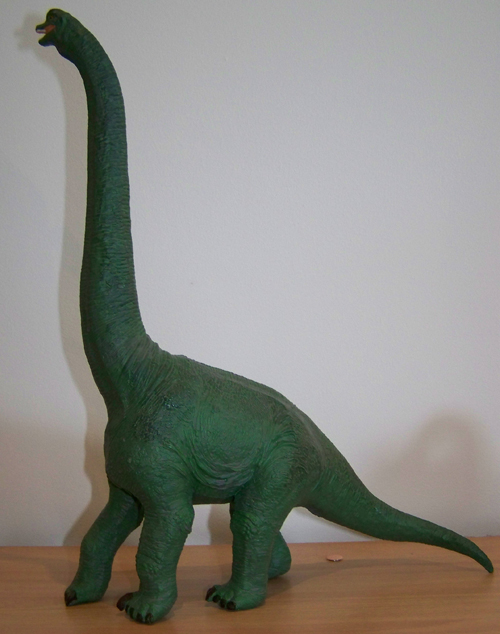
Review: Muttaburrasaurus (Invicta)

One of the more recent of Invicta’s dinosaurs, this Muttaburrasaurus dates from 1989. This model is often overlooked when compared with others in the range, especially the younger Lambeosaurus, but it demonstrates perfectly how far Invicta’s dinosaur designs had progressed, making their untimely demise all the more unfortunate.
Review: Brachiosaurus (Invicta)

Dating from 1984, this Brachiosaurus is less archaic in appearance than Invicta’s older models of Diplodocus and Apatosaurus with their dragging tails, and has managed to stand the test of time better than their 1988 Mamenchisaurus, with its implausibly erect neck.


